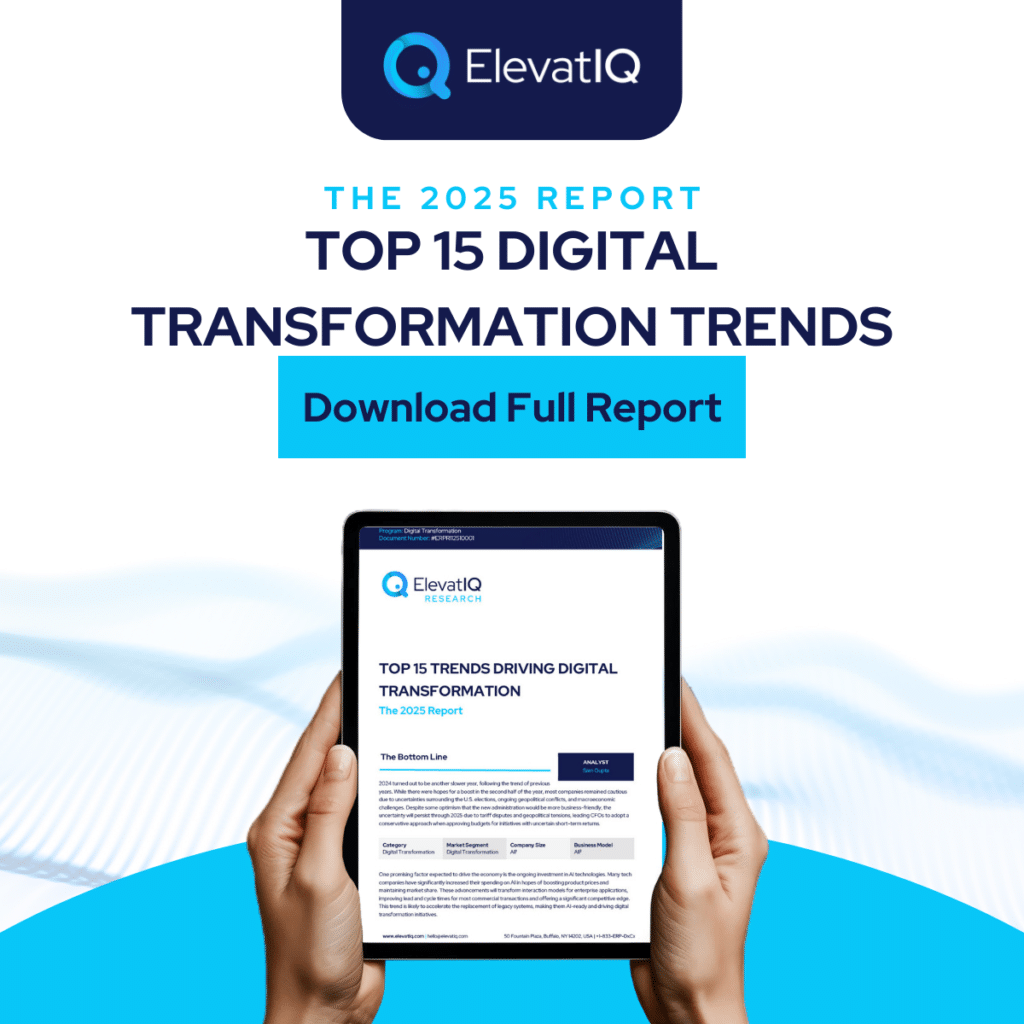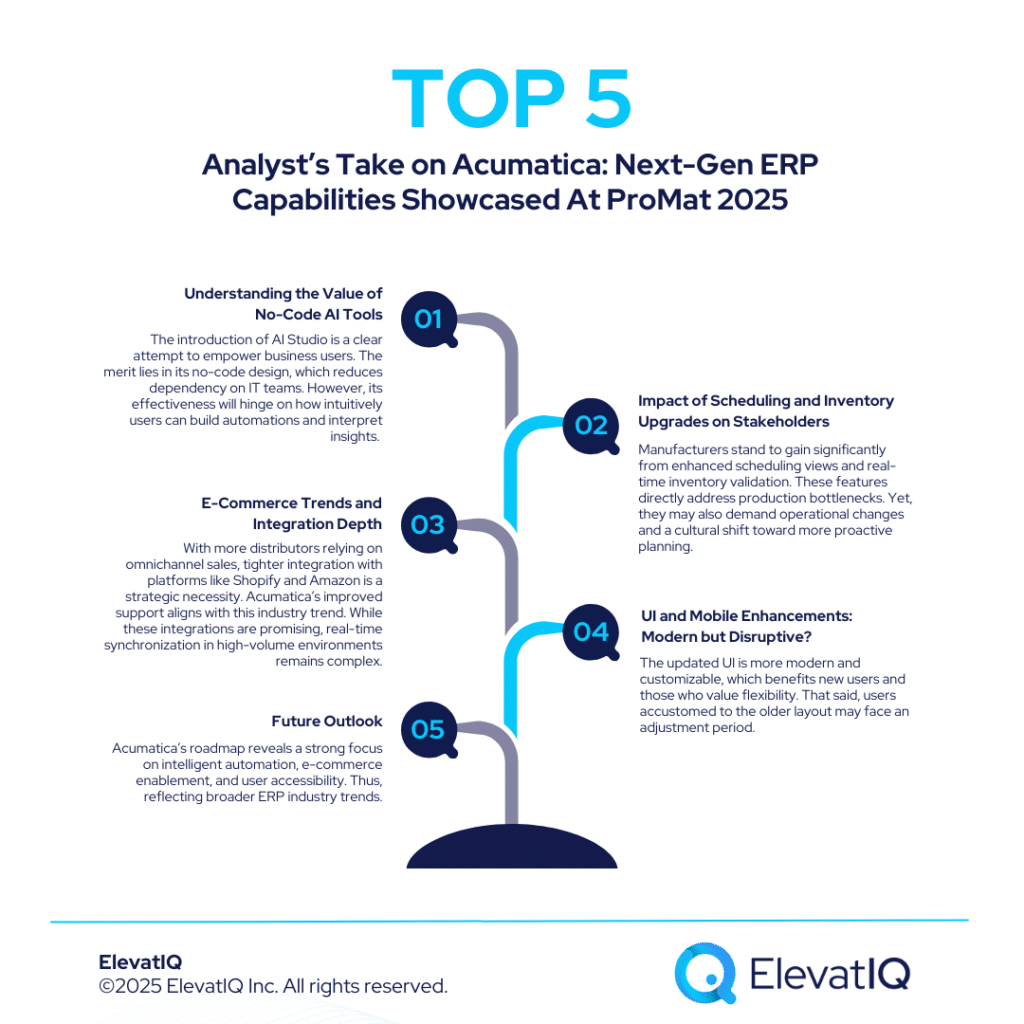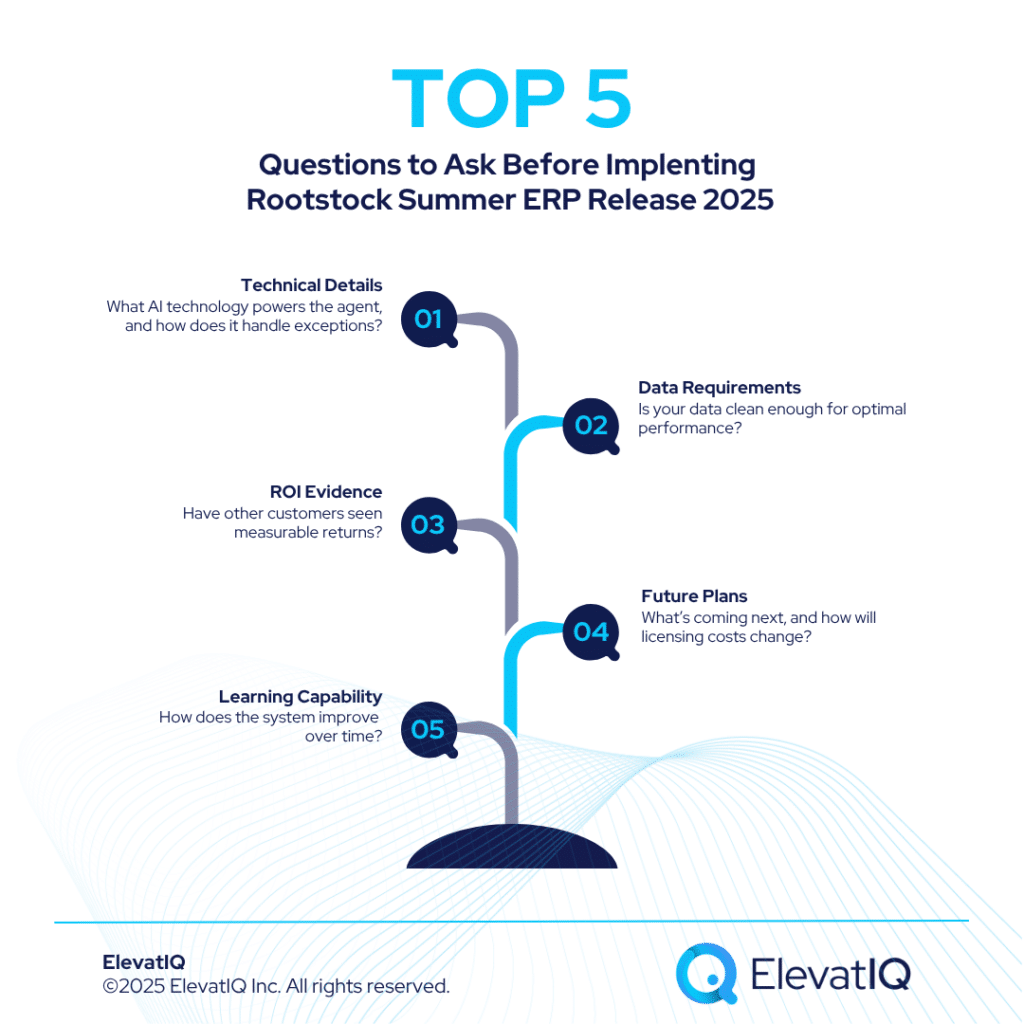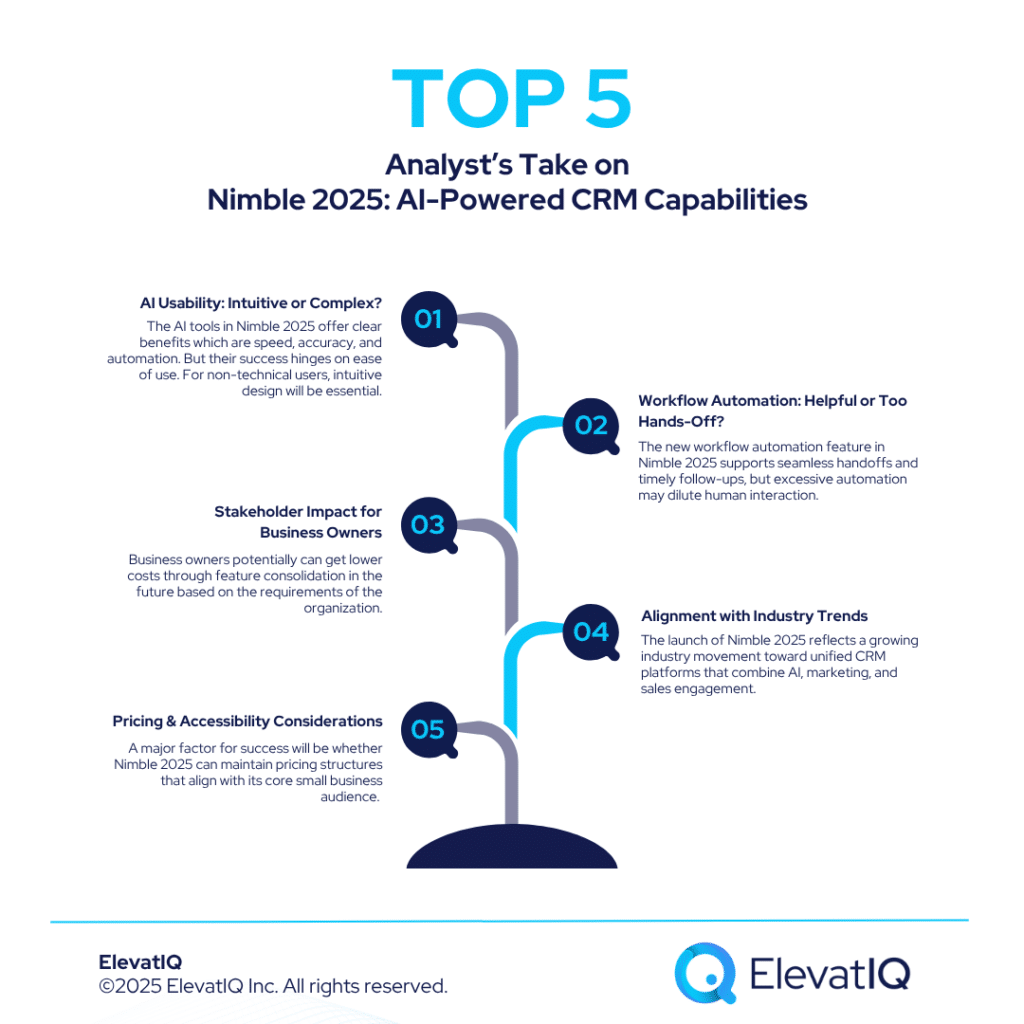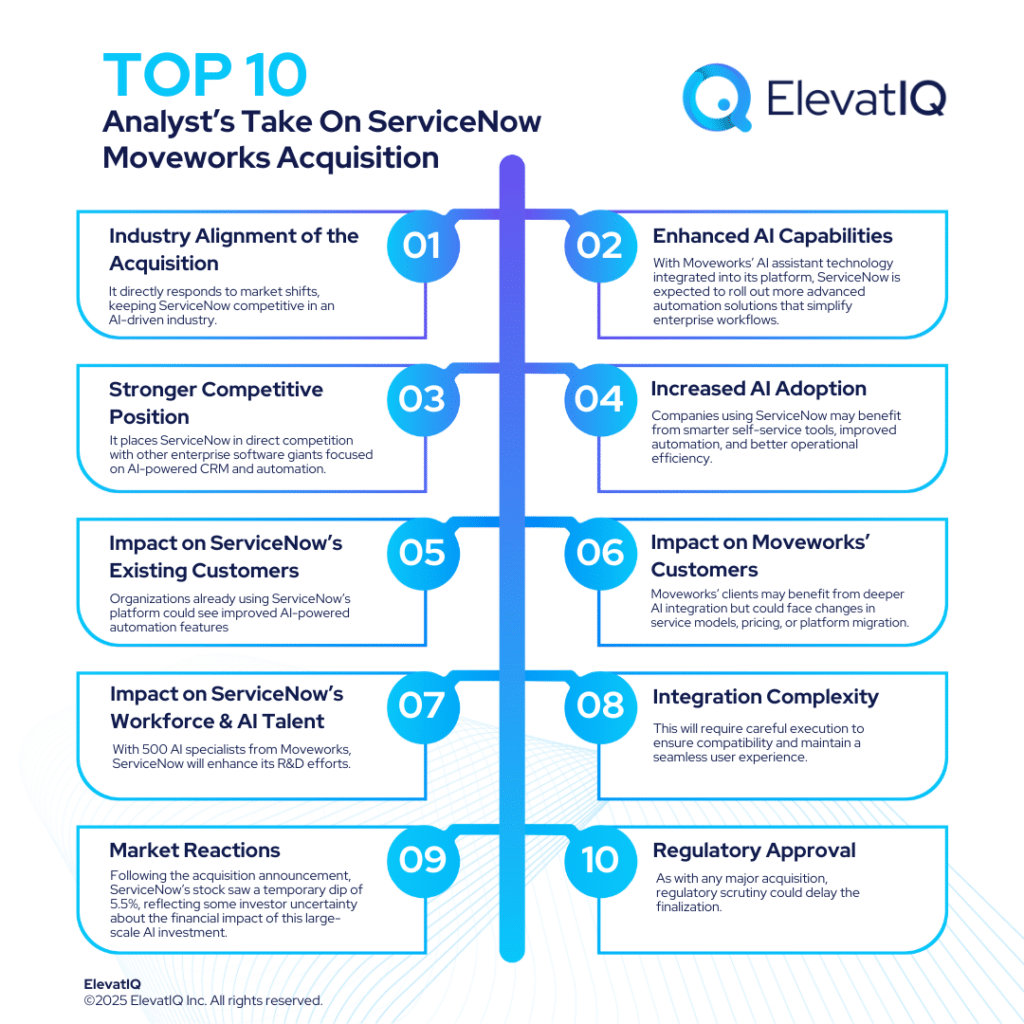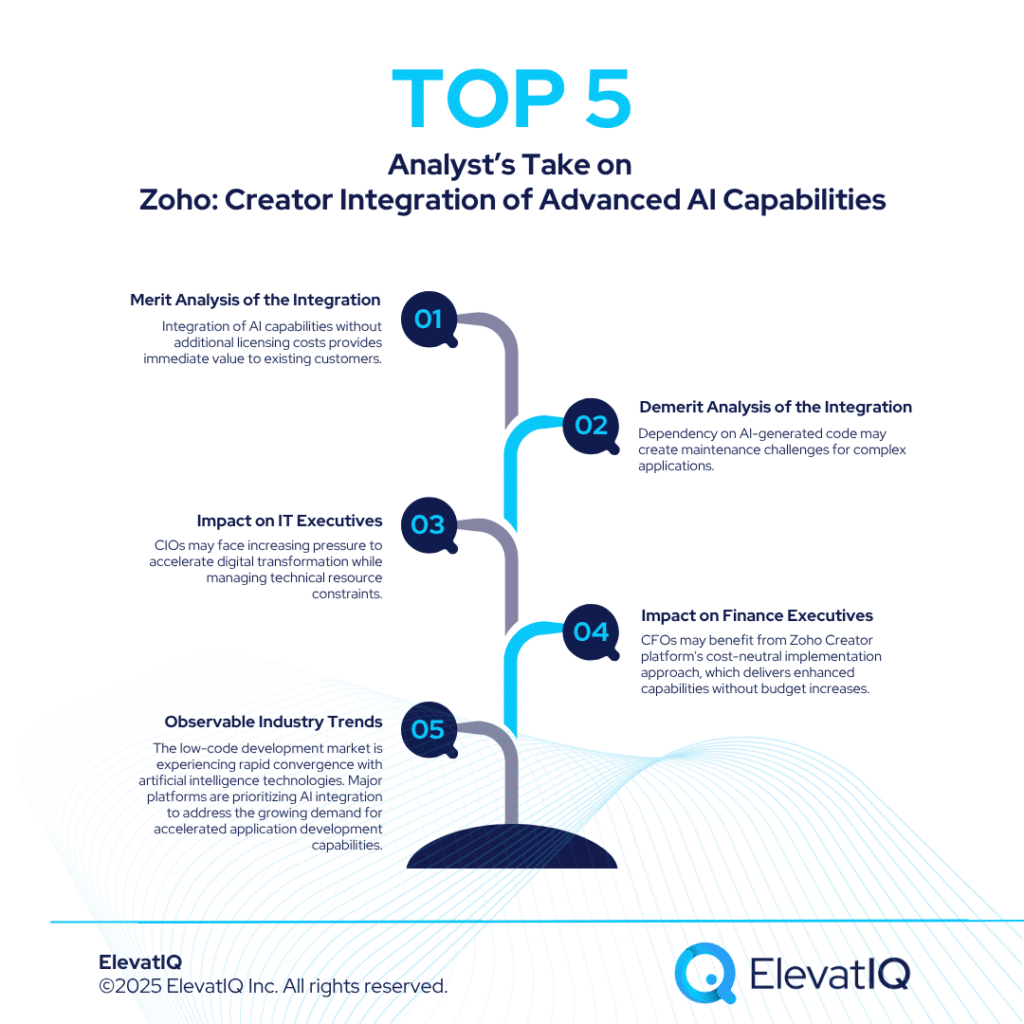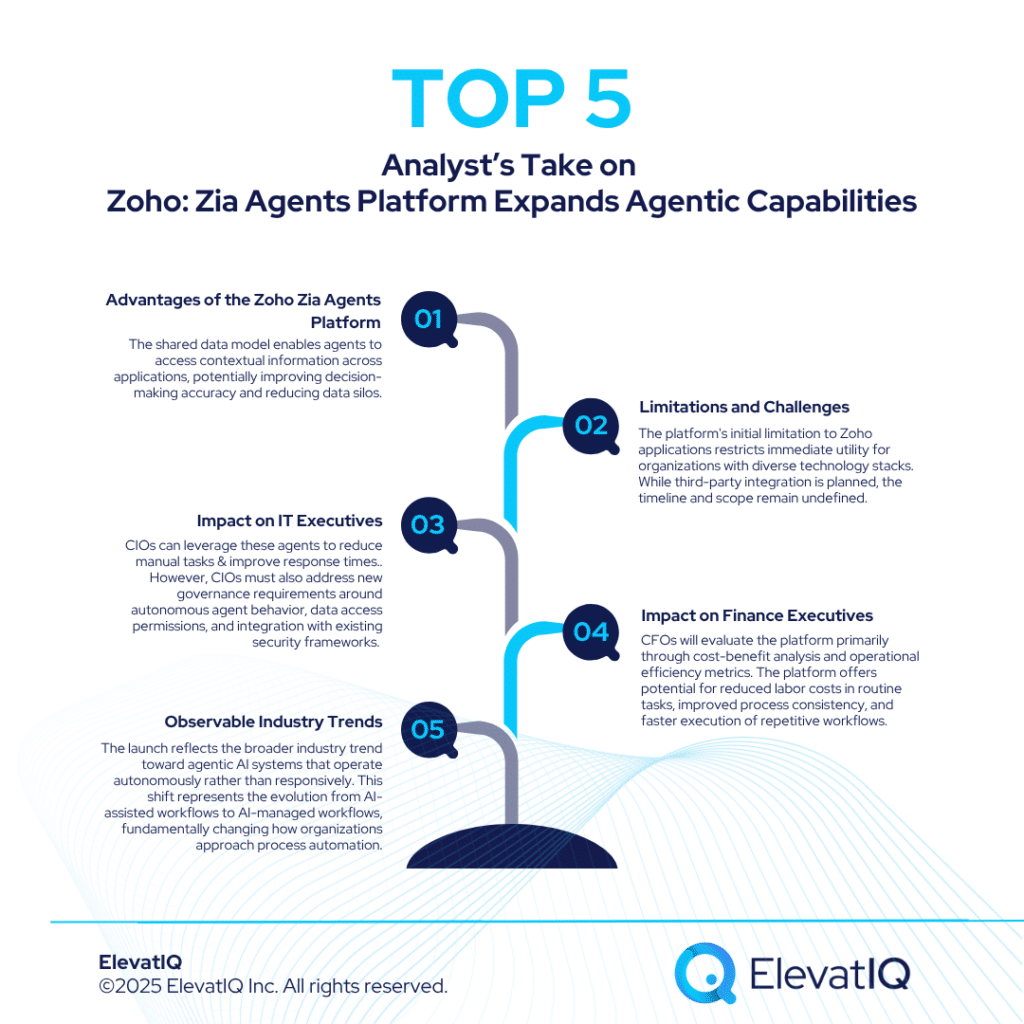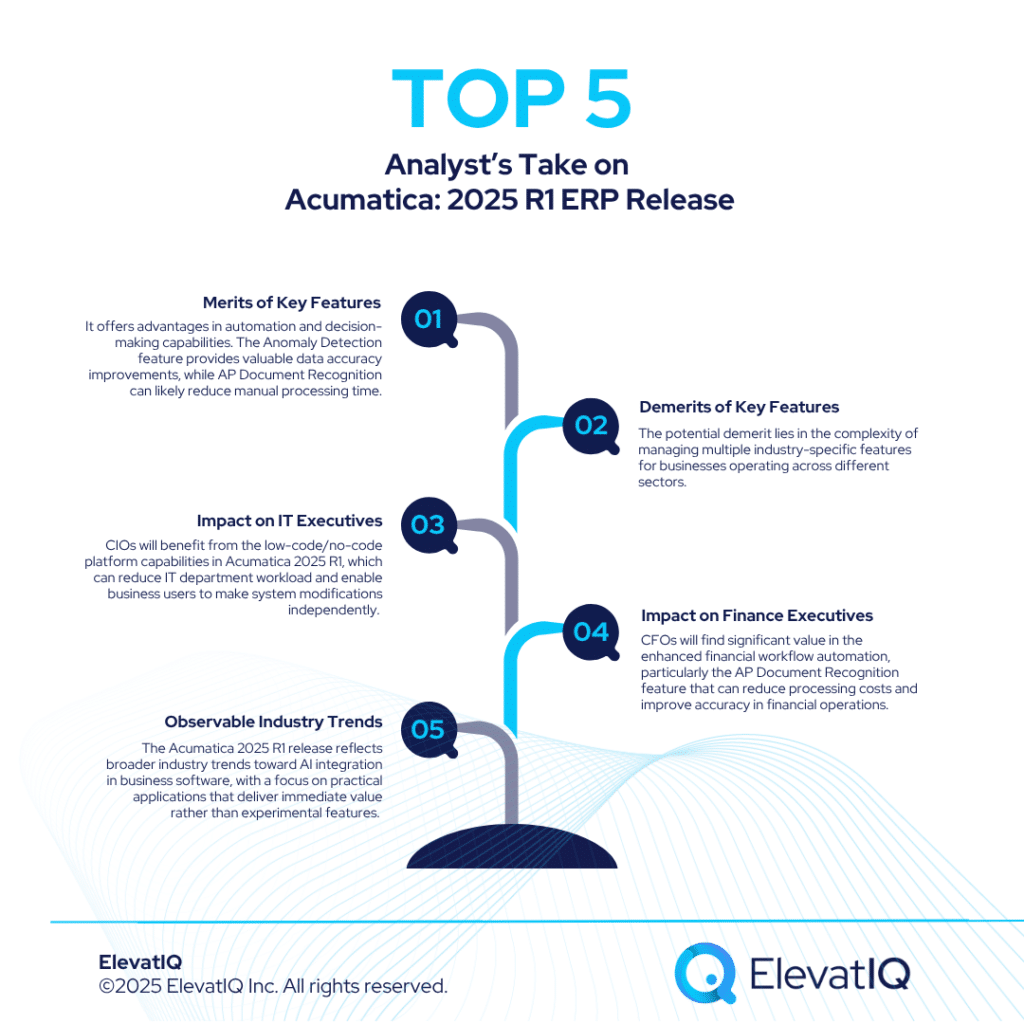Last Updated on May 12, 2025 by Shrestha Dash
Cloud ERP provider Acumatica has announced a series of new features and upgrades to its platform at the ProMat 2025 event. These updates are aimed at improving operational efficiency for small to mid-sized manufacturers and distributors. Key focus areas include intelligent workflows, enhanced scheduling, advanced product catalog management, and expanded integrations with leading e-commerce and AI platforms. The developments reflect the company’s continued investment in Acumatica Next-Gen ERP capabilities designed for modern, dynamic business environments.
Structured Breakdown of the Announcements
Manufacturing Edition Enhancements
At ProMat 2025, Acumatica introduced a suite of updates targeting the manufacturing sector. One of the key announcements was the introduction of Production Orders by Build Capability, designed to improve material validation and provide real-time inventory insights. This feature aims to reduce delays caused by material shortages, allowing manufacturers to respond more flexibly to demand using Acumatica Next-Gen ERP capabilities.
The enhanced scheduling views are another notable development. These updates focus on visualizing the production pipeline in real time, offering greater transparency and more accurate planning capabilities. By moving away from traditional static scheduling methods, manufacturers can now adapt to changes quickly, a core benefit of Acumatica Next-Gen ERP capabilities.
Looking ahead, Acumatica has announced plans to incorporate more advanced tools such as AI/ML-based planning and scheduling, a redesigned shop floor kiosk, and a more flexible product configurator. These planned upgrades will continue to expand the scope of Acumatica Next-Gen ERP capabilities for the manufacturing sector.
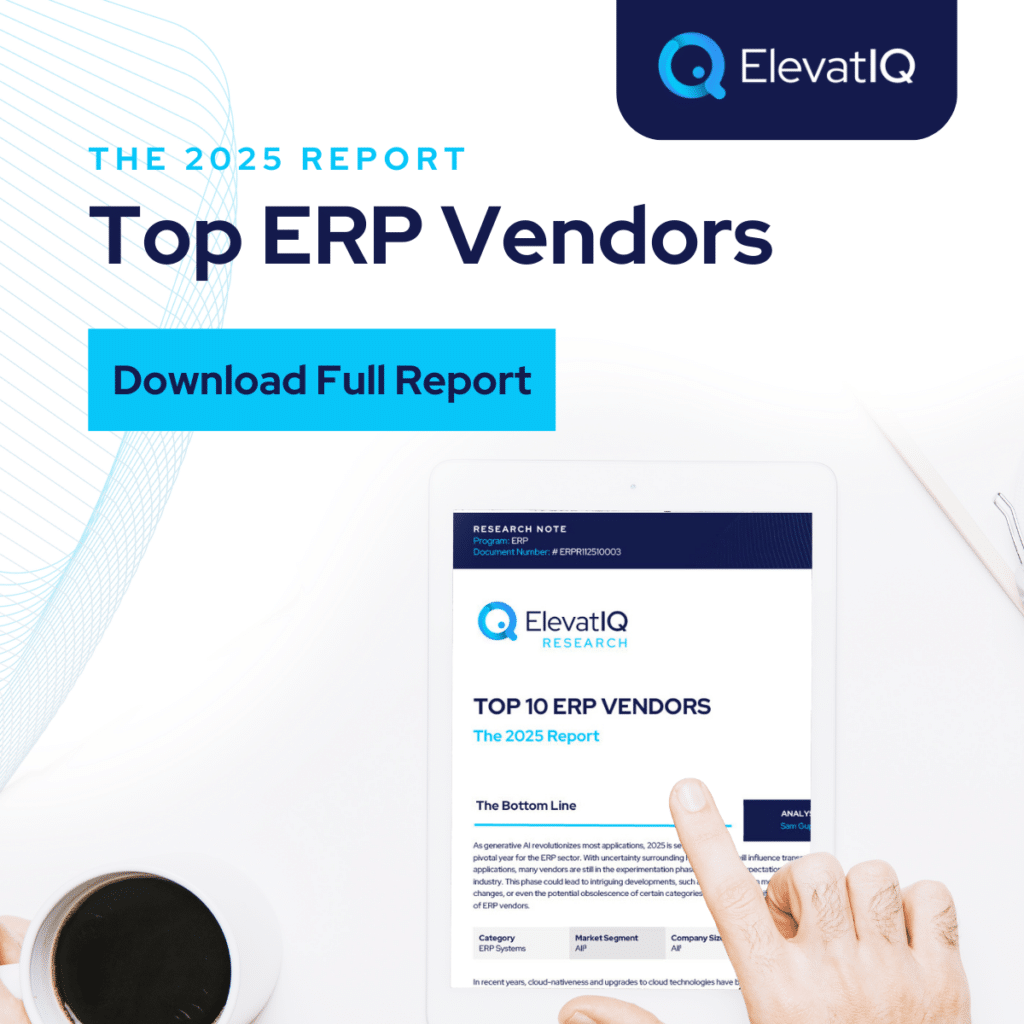
Distribution Edition Enhancements
For distributors, Acumatica has rolled out an improved Shopify integration, which enhances catalog and pricing control for businesses with large and varied inventories. The integration also supports more personalized buyer experiences by enabling dynamic pricing strategies—made more efficient with Acumatica Next-Gen ERP capabilities.
Additionally, Acumatica has introduced new features for selling unique and condition-based products, allowing businesses to include detailed attributes like product condition, warranty status, or cosmetic defects.
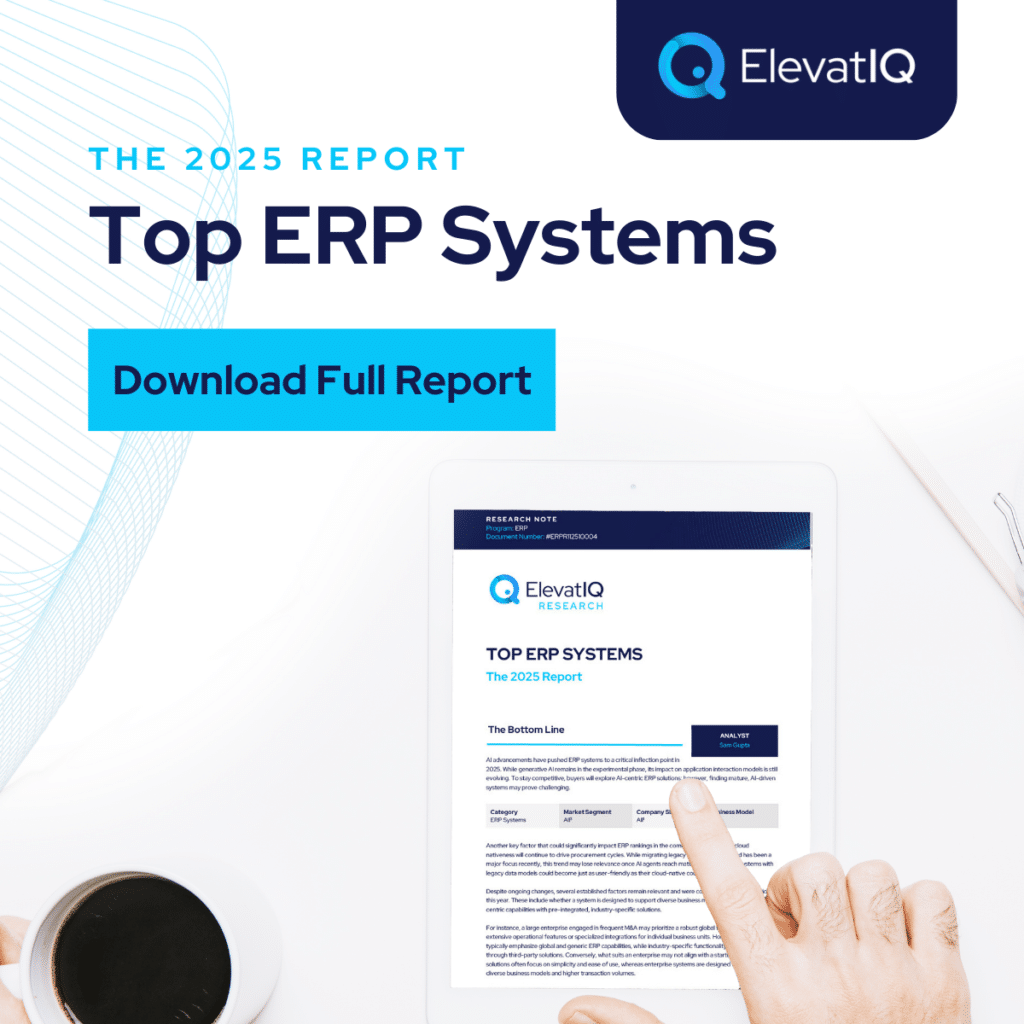
Planned enhancements for the near future include order orchestration capabilities, fulfilled by Amazon (FBA) inventory synchronization, and AI-driven cross-sell and upsell recommendations. These are key examples of how Acumatica Next-Gen ERP capabilities are being tailored to meet the complex needs of distributors in the e-commerce age.
AI and Workflow Automation
A central theme of Acumatica’s updates is its commitment to AI-driven functionality. The introduction of Intelligent Workflows leverages AI to automate routine tasks, flag anomalies, and enhance decision-making, cornerstones of Acumatica Next-Gen ERP capabilities.
Acumatica also unveiled its AI Studio and Labs, giving users. Especially non-technical business process owners, the tools to build no-code automations and extract insights from their data. This democratization of AI is a strategic part of Acumatica Next-Gen ERP capabilities, offering more businesses the ability to scale automation. Use cases like anomaly detection in sales margins and automated invoice categorization are early examples of how these ERP capabilities are being applied in real business contexts.
Ecosystem and E-Commerce Integrations
Acumatica continues to deepen its integration ecosystem, most notably with Shopify and Amazon. Its Shopify integration now supports automated financial and inventory updates, while support for Amazon includes FBA synchronization and statement reconciliation, key pain points for high-volume sellers. These features further reflect the strength of Acumatica Next-Gen ERP capabilities in handling complex omnichannel operations.
The company has also expanded its partnership with Netstock, incorporating Integrated Business Planning tools for demand forecasting and capacity planning. These tools add another layer of intelligence to the already growing set of Acumatica Next-Gen ERP capabilities.
User Interface and Experience Enhancements
Finally, a revamped user interface was introduced, offering a cleaner layout and improved personalization options. The new UI is designed to help teams streamline their workflow, reduce training time, and adapt the interface to suit role-specific needs, enhancing usability, a core goal of Acumatica Next-Gen ERP capabilities.
Acumatica is also investing in mobile-first features, allowing for improved access to ERP tools on the go. These upgrades are particularly relevant for field service workers and remote teams who need real-time access to business data.

Common Questions Buyers Are Asking
Here are a few questions that have surfaced following the announcement:
- How easy is it to implement the AI Studio for a non-technical user? AI Studio is designed with a no-code approach, making it accessible for business users without programming skills. However, ease of use will vary based on the user’s familiarity with workflows, data logic, and automation design. While the interface is user-friendly, some initial training or onboarding may be necessary to use it effectively and responsibly—especially in use cases involving sensitive data or compliance.
- Will the new scheduling features require additional training for production teams? Yes, in most cases. The shift from static to dynamic scheduling introduces new visual tools and real-time decision-making features. While this can improve responsiveness and planning accuracy, teams accustomed to older systems may need support to fully leverage the new capabilities. Training requirements will depend on the complexity of operations and existing digital maturity.
- Can the Shopify and Amazon integrations handle real-time synchronization without errors? The integrations are built to support real-time updates for financials, inventory, and order management, addressing known pain points in high-volume e-commerce environments. However, like any complex integration, real-world performance may vary depending on system loads, data accuracy, and network reliability. Businesses should monitor initial rollouts closely to identify and resolve synchronization issues promptly.
- How does the new UI impact legacy users already familiar with the old interface? The new user interface is cleaner and more customizable, improving usability and mobile responsiveness. While beneficial in the long run, legacy users may experience a learning curve during the transition. Companies should prepare for temporary slowdowns in productivity unless proper user training and change management are provided.
- What level of customization is available for intelligent workflows? Intelligent workflows offer a flexible, customizable environment where users can define triggers, rules, and actions using a visual builder. While the platform is designed to be intuitive, the depth of customization will depend on the complexity of the business process. Advanced scenarios may still require input from power users or consultants, especially when integrating external systems or ensuring regulatory compliance.
Analyst’s Take on Acumatica Next-Gen ERP Capabilities
Understanding the Value of No-Code AI Tools
The introduction of AI Studio is a clear attempt to empower business users. The merit lies in its no-code design, which reduces dependency on IT teams. However, its effectiveness will hinge on how intuitively users can build automations and interpret insights. Organizations may still require initial training to use these tools responsibly, especially when workflows intersect with compliance or customer data.
Impact of Scheduling and Inventory Upgrades on Stakeholders
Manufacturers stand to gain significantly from enhanced scheduling views and real-time inventory validation. These features directly address production bottlenecks. Yet, they may also demand operational changes and a cultural shift toward more proactive planning. For smaller teams unfamiliar with lean methodologies, the learning curve could be steep initially.
E-Commerce Trends and Integration Depth
With more distributors relying on omnichannel sales, tighter integration with platforms like Shopify and Amazon is a strategic necessity. Acumatica’s improved support aligns with this industry trend. However, while these integrations are promising, real-time synchronization in high-volume environments remains complex. Companies may need to monitor early deployments to ensure stability.
UI and Mobile Enhancements: Modern but Disruptive?
The updated UI is more modern and customizable, which benefits new users and those who value flexibility. That said, users accustomed to the older layout may face an adjustment period. For companies with large workforces, the transition could temporarily affect productivity unless change management is handled effectively.
Future Outlook
Acumatica’s roadmap reveals a strong focus on intelligent automation, e-commerce enablement, and user accessibility. Thus, reflecting broader ERP industry trends. As more ERP providers integrate AI and industry-specific features, competition is likely to intensify around usability, customization, and integration breadth.
While these updates position Acumatica well for the evolving needs of SMBs, successful adoption will depend on execution, onboarding support, and how well the platform adapts to the fast-changing realities of manufacturing and distribution. The consistent evolution of Acumatica Next-Gen ERP capabilities will be critical to that long-term success.
